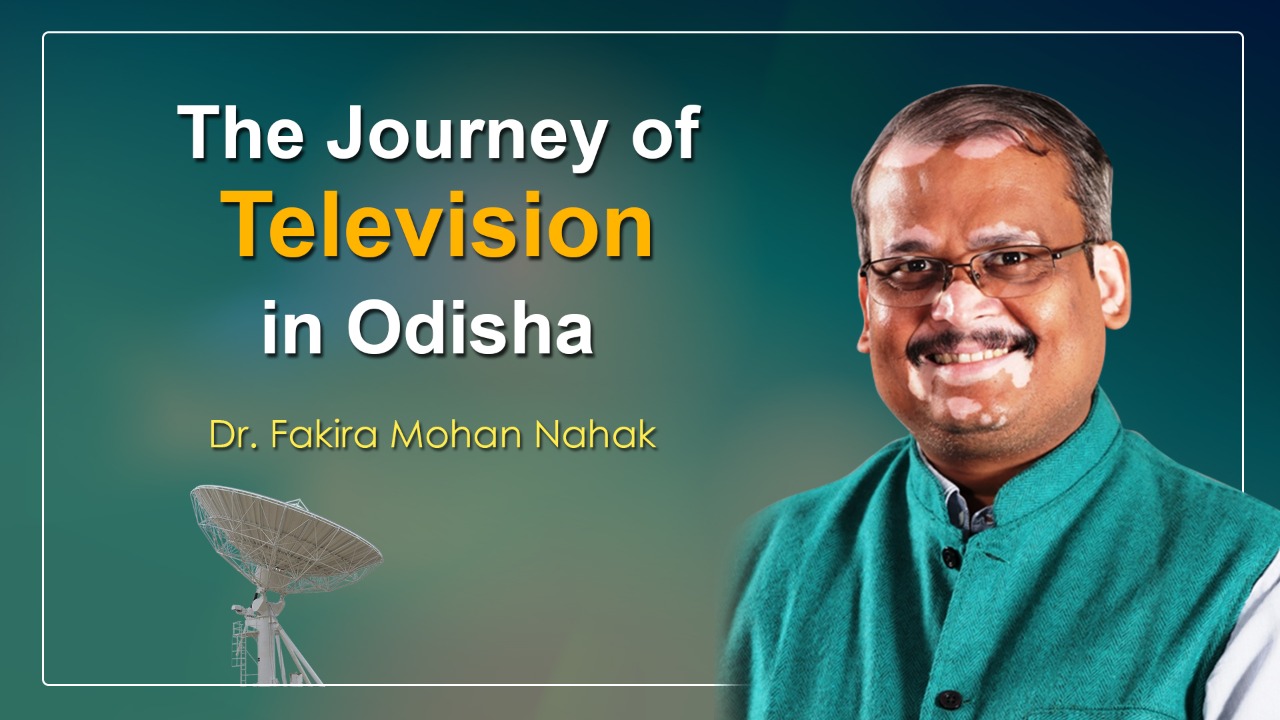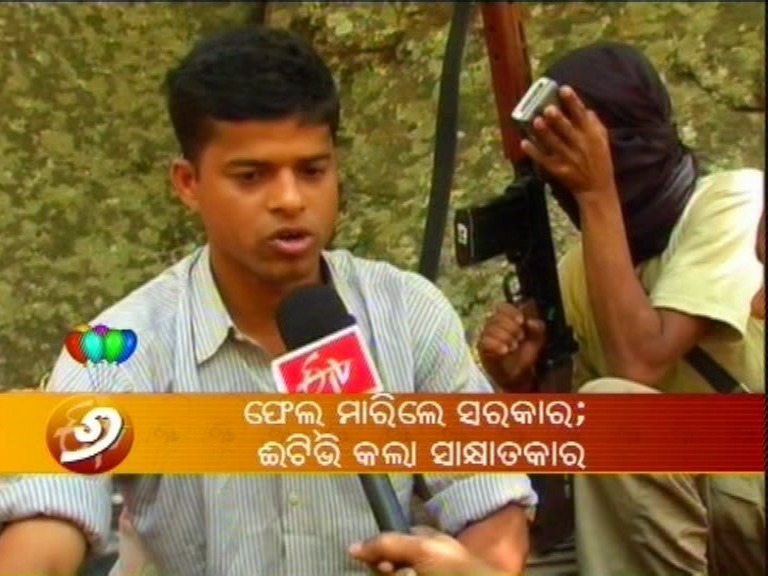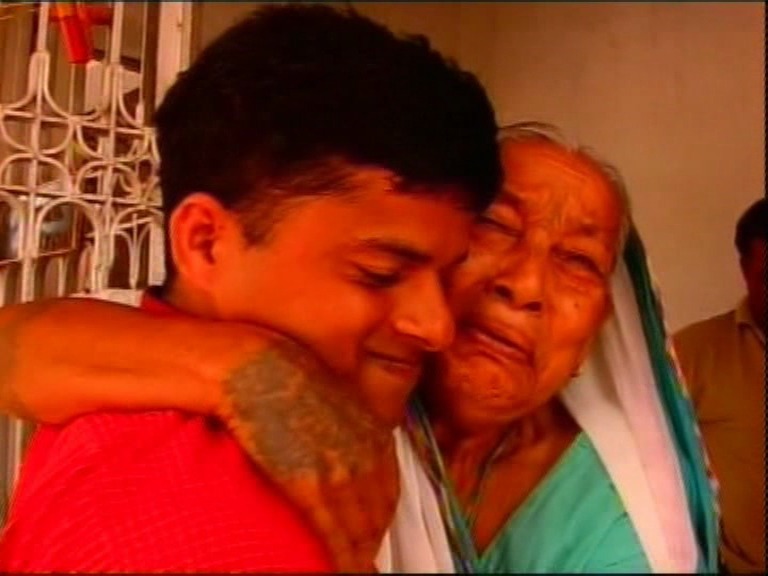Dr.Fakira Mohan Nahak
The Television News Industry In Odisha Has Gone Through A Progressive Journey In The Past Two Decades. In This Series, Dr. Fakira Mohan Nahak Presents The Media History Blended With His Close Observation On The Fast-Changing Industry.
The southern and northwest part of Odisha is one of the major Naxal-dominated areas of the country. The occurrence of Naxal attacks in the state is as frequent as the cyclones. Naxals are always anti-establishment. They have been waging an armed struggle against the government and the administration and have often resorted to violence to achieve their demands. Naxal attacks are always petrifying for the public. Being a responsible media, ETV Odia had always tried its best to reach out to the rebel leaders, get to know their demands and convey it to the government. There have been many instances of Naxal violence in Odisha at various times. ETV had always been in the forefront to cover the incident from ground zero.

It was November 15, 2005. Northern India was under winter waves. At around 9 pm, more than a thousand armed Naxals stormed the Jehanabad jail in Bihar. Prison guards and some inmates were killed in the Naxal attack. The whole city was terrified by the horrific firing of Naxals. The people were under shock. Taking advantage of this, the Naxals released hundreds of prisoners from the prison. A team of Naxals were keeping eye on the police to make sure that they don’t come and rescue or safeguard the jail staff. After the successful the Jehanabad incident, the Naxalites prepared to implement a similar plan in Odisha.
It was March 24, 2006. The small town of R. Udayagiri in relatively calm and less eventful Gajapati district came under the attack of Naxals. Hundreds of armed Naxalites rallied and attacked the local police station, OSAP camp, treasury and sub-jail. The situation was so worse and lethal that it made the OSAP jawans helpless. They couldn’t counterattack or resist the brute force of Naxals. Two police personnel and three Naxalites lost their life during the exchanges of fires.

The Naxals attacked the Udayagiri sub-jail and released more than 60 prisoners and Naxal supporters. They cut off BSNL’s telephone line and bombed the BSNL tower to intimidate people. They had even cracked down on VHF sets of police communications to disrupt communication. Because of the communication disruption, they got cut off from the outer world and couldn’t handle the naxals immediately. There was fear in the air. The Naxals then seized 24 police guns, arms, and ammunition. Worst of all, however, were the abductions of Ranjan Mallick, the inspector in-charge of Udayagiri police station and Ravi Narayan Sethi, the jailor of Udayagiri sub-jail. As the only channel in the state, ETV was able to report the incident immediately. But that was not the end of ETV’s responsibility.
The family of the two abducted officers, who were in the throes of life and death at all times, were in mourning. Everyone was trying to get contacts that can help in releasing the officers. The Naxals’ demands, however, reached the government, but no government official was able to enter the forest to mediate with them. The incident of abduction led the abductees to a state of mental depression and their families were in a state of shock. However, ETV did not remain silent after reports of the abduction. Following the incident, ETV arrived at the Naxal camp in the forest and tried to reach the abductors. The channel asserted that the officers were safe.

As representatives of ETV, Jit Patnaik from Gajapati district, Biswajit Sahu from Berhampur, Apurba Mohanty from Bhubaneswar along with cameraman Mrityunjaya Sahu and Pramod Pattnaik worked together in the case. Mr. Apurba Mohanty, Chief Reporter of ETV with cameraman Pramod Pattnaik reached the forest and had an exclusive interview with the Naxal leaders. From there, it became clear what the Naxals were up to. ETV did let the government know the demands of the Naxals. Even the abductees released video messages and let the family and the whole world know that they were not tortured and being taken care properly by the Naxals. Covering this incident made the channel even more popular and reliable to the public.
The government did not take the Naxals’ demands seriously. However continuous discussions and negotiations with the Naxal leaders by the ETV delegates paved the way for the release of the two officials, Ranjan Mallick and Ravi Narayan Sethion April 4, 2006. The efforts of ETV were widely praised not only in Odisha but also at the national level. After being released from the Naxals, the two officers and their family members praised ETV’s efforts. There was a wave of joy in their families. This was not the end of ETV’s coverage. After getting release from the Naxals, the two officers shared their bitter sweet experiences with ETV viewers. And with that in mind, ETV created a special program –Muktira Ananda (The Joy of Liberation). Such incidents cannot be ignored when writing about the evolution of television in Odisha.
(Dr. Fakira Mohan Nahak is a writer and former media professional. He is currently working as the Head of the Department of University Institute of Media Studies, Chandigarh University at Mohali, Punjab. Views are Personal)
#ETVOdia #Naxalattack #Naxalites #Naxal-dominatedareas #RanjanMallick #terrorist #terror






















